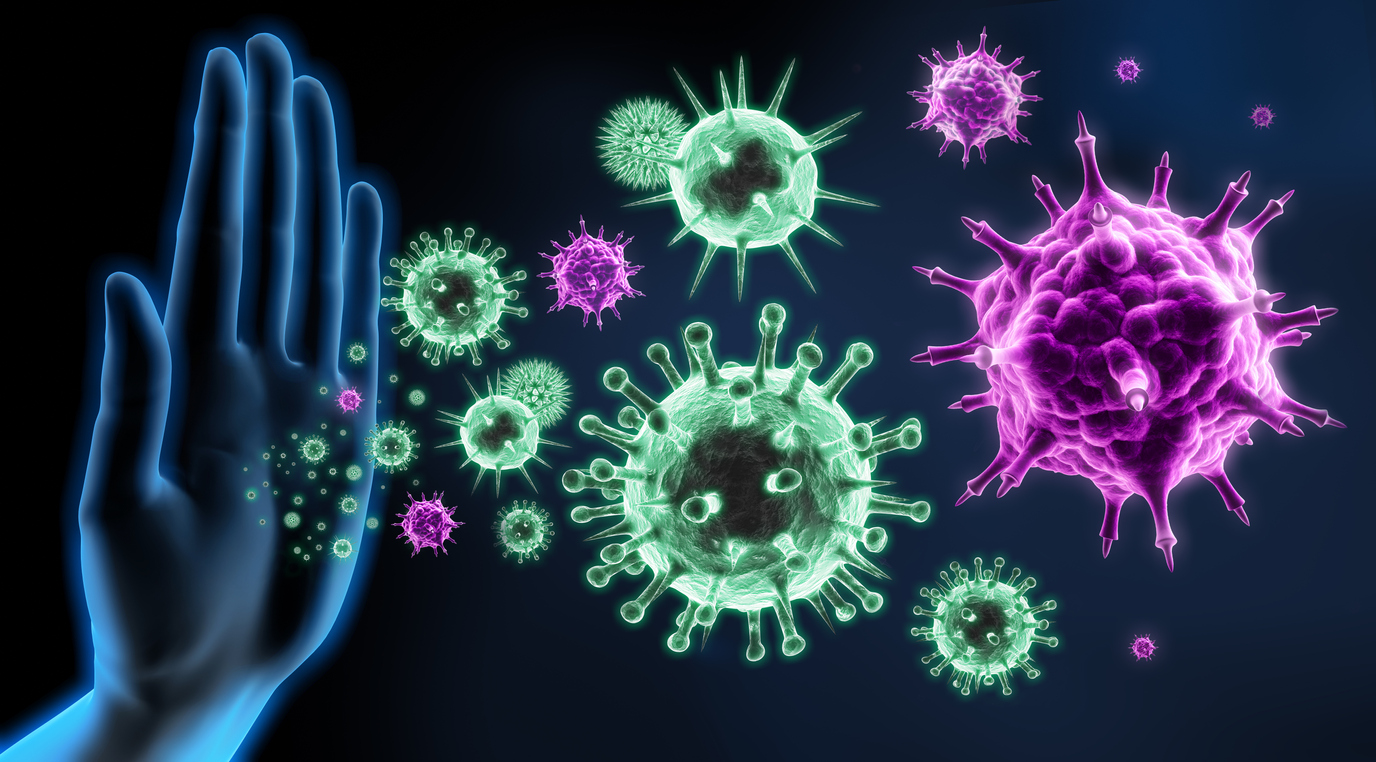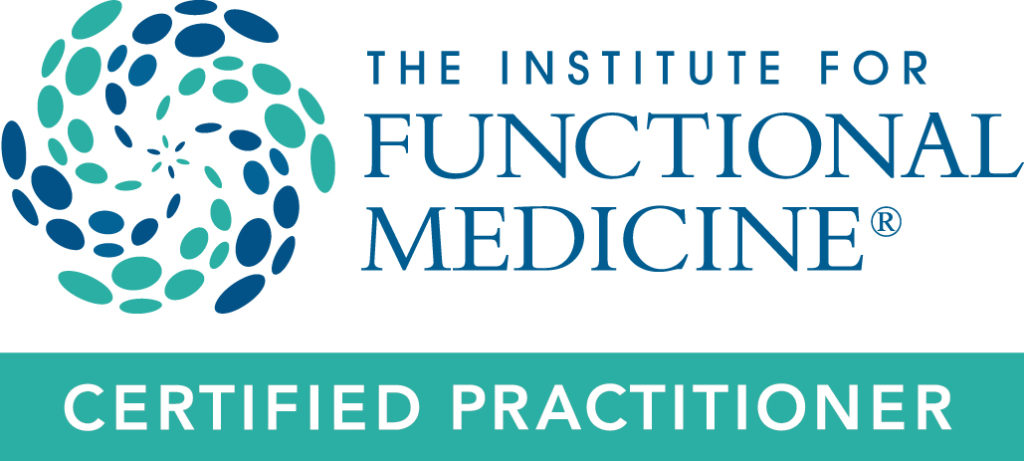Picture this Ozzie and Harriet moment. A woman sporting a newly permed and sprayed hair-do and a freshly ironed frock is happily creating clouds of air freshener in her home to take care of those, well, little embarrassing odors. She pauses to gaze fondly through the window at her husband, who is doing his manly job of applying herbicides to some pesky dandelions. He notices his adoring wife and stops long enough to smile lovingly and wave. In the distance, the stacks of a coal-fired power plant rise majestically above the horizon. Life is good.
Or not. Scientific evidence now tells us that all is not well in our modern chemical paradise.
In July 2005, the not-for-profit Environmental Working Group (EWG) released results of a study of umbilical cord blood collected by the Red Cross from 10 randomly selected babies born in August and September 2004 in U. S. cities. Of 413 chemicals tested, the lab detected 287 in the blood samples. Each infant’s blood had between 159 and 234 chemicals. Of the chemicals found, 180 cause cancer in humans or animals, 217 are toxic to the brain and nervous system, and 208 cause birth defects or abnormal development in animals.
Although the chemicals have long, complicated names like polyaromatic hydrocarbons and polybrominated dibenzodioxins, we all know them better as common household and industrial toxins: plastics, pesticides, solvents, methyl mercury, flame retardants, and numerous toxins that form when trash is burned. Many of the detected chemicals have been determined by the EPA to cause cancer, birth defects, thyroid disease, infertility, neurological problems, kidney damage, liver damage, and disrupted hormonal function. Chemicals interfere with health by either blocking or stimulating bio-chemical processes. For example, pesticides (in addition to interfering with nerve transmission) have been dubbed “birth control for men” because of their ability to feminize men by reducing sperm counts and decreasing the number of male births —all through disruption of endocrine function. Adverse health effects can occur at concentrations of 25 parts per trillion when vinyl chloride (plastics) or chlorine-treated paper is burned, forming the very toxic chemical compound dioxin.
The EWG cord blood study is concerning not only because of infants’ inability to detoxify chemicals and their long life expectancy that allows years of opportunity for health problems to manifest, but also because it is a sobering statement about the current toxic state of planet Earth.
If we start life with this toxic burden, how toxic must we be as adults after a lifetime of exposure? It is no wonder that our children are suffering from learning and developmental abnormalities, while the incidence of chronic degenerative diseases is affecting the quality of life of more and more adults.
The University of Massachusetts Lowell released a report in September 2005 that links dozens of environmental and occupational exposures to nearly 30 types of cancer. The report reveals that many cancer cases and deaths from cancer are caused by involuntary (background) exposures. These include: bladder cancer from the primary solvent used in dry cleaning, breast cancer from endocrine disruptors such as bisphenol-A (a byproduct of plastics), lung cancer from residential exposure to radon, non-Hodgkin¹s lymphoma from solvent and herbicide exposure, and childhood leukemia from pesticides.
Coal-fired energy plants are the single largest contributor of mercury released into the air. Ninety-eight percent of our nation’s energy-related production of methyl mercury, a known neurotoxin and contributor to common childhood behavioral disorders, comes from coal-fired energy plants, as does 96 percent of sulfur dioxide, 88 percent of carbon dioxide, and 93 percent of nitrous oxide. If you are on the electric power grid in the United States, you are likely reliant on coal burning, an industry that results in ecologically harmful soot, smog, global warming, and acid rain. Heart attacks, asthma, emphysema, strokes, multiple sclerosis, and developmental delays of children are the price paid for using aging coal burning facilities that are far more polluting than their newer counterparts. Airborne mercury from coal-fired energy plants that isn’t inhaled ends up falling on soil and bodies of water, polluting crops and, especially, fish (which bio-accumulate mercury prior to their being consumed as food). Mercury is the toxin responsible for 70 percent of all fish consumption advisories.
The use of solvents (e.g., toluene, acetone, isopropyl alcohol) in dry cleaning, nail salons, medical labs, and in garages and homes across America results in reduced or abnormal ability to smell, neurological symptoms, mucus membrane irritation, memory loss, and lowered IQ.
You don’t need to ingest or inhale a chemical for it to be absorbed and impact your health. The skin, our largest organ, is very efficient at absorbing toxins on contact.
The glues, paints, vinyl, plastics, and fabrics in new cars emit chemicals known as volatile organic compounds (VOCs) that can trigger headaches, sore throats, nausea, and drowsiness. Older cars emit lower levels of chemicals but should be checked for mold that can produce mycotoxins, gaseous toxins that can profoundly disrupt immune function.
Petrochemicals used as fuels, in paints, and in cleaning products cause numerous health problems involving the digestive tract, skin, brainn, and lungs.
You may hope that you can retreat to the safety of your home to escape this chemical soup. Unfortunately, energy efficient building techniques result in poor ventilation (fewer air exchanges per hour), in effect concentrating the chemicals found in buildings. Products used in decorating, furnishing, cleaning, and personal care also contribute to poor indoor air quality. Many homes, new and old alike, have structural problems that trap moisture, fostering toxic mold growth.
More than 80,000 synthetic chemicals have been invented since WWII, and their ability to disrupt biochemistry in all living things often surpasses the ability of any organism to adapt to them. Exposure to occupational, environmental, and household chemicals is and will continue to be a significant determinant of health risks. Though the adverse health effects from environmental chemical exposures, though immediately apparent to sensitized individuals, are just as often not obvious to the exposed person and may become apparent only after years or even decades of exposure.
You can learn about chemical pollutants in your area by entering your zip code at: www.scorecard.org.
The next issue of Health Matters will discuss strategies for staying healthy in the midst of a complex chemical environment.














